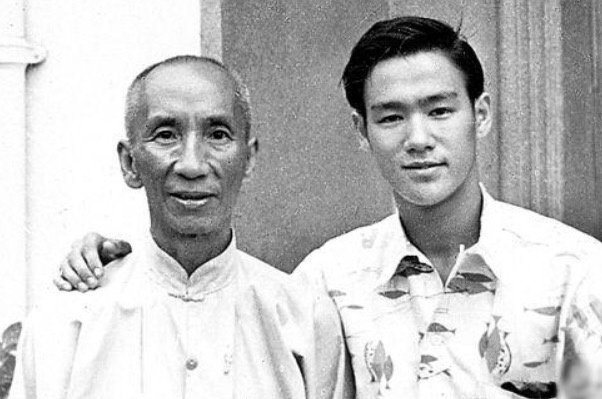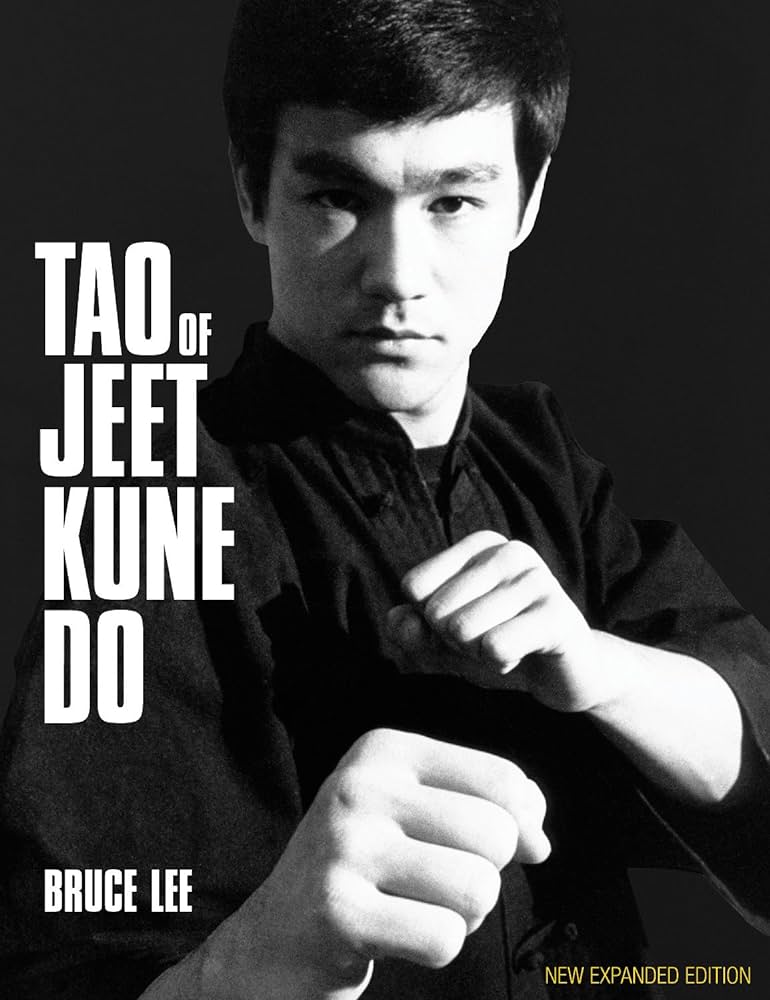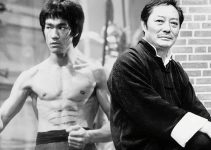Chinese martial arts have long been an integral part of its culture and history, with many famous styles developed and spread worldwide. Among them, Wing Chun and Jeet Kune Do stand out as two prominent martial arts styles, each with its philosophy, techniques, and historical development. Below is a detailed look at the differences between these two styles.
1. Origins and History
Wing Chun

Wing Chun is believed to have originated in the Fujian province of China around the 17th century. The official founder of this martial art is Ng Mui, a Shaolin nun. She developed Wing Chun based on simple, practical, and effective principles to help the weaker defend against stronger opponents. Later, this style was popularized by Ip Man, who taught many students, including the famous Bruce Lee, and spread the art worldwide.
RELATED: History of Wing Chun
Jeet Kune Do

Jeet Kune Do was founded by Bruce Lee in the 1960s. After studying various martial arts styles, Bruce Lee realized the limitations of traditional martial arts. He combined the most effective techniques from different styles to create Jeet Kune Do, with the philosophy of “absorbing what is useful, discarding what is not.” Jeet Kune Do is not only a martial arts system but also a living philosophy, emphasizing flexibility and creativity.
2. Philosophy and Principles
Wing Chun
Wing Chun emphasizes close-range combat and agility, using short, efficient movements for both offense and defense. The philosophy of this style is based on using the opponent’s strength against them and maximizing principles such as the centerline theory, yielding, and sensitivity. A famous principle of Wing Chun is “economy of motion,” emphasizing direct and efficient movements.
Jeet Kune Do
Jeet Kune Do focuses on adaptability and fluidity. Bruce Lee encouraged practitioners not to be confined by fixed forms but to develop a personal style based on the principle of “using no way as way, having no limitation as limitation.” Jeet Kune Do emphasizes developing diverse, quick, and powerful offensive and defensive techniques suitable for specific situations. Bruce Lee’s famous saying, “be water, my friend,” perfectly encapsulates this philosophy: like water, Jeet Kune Do practitioners must be adaptable and able to fit any circumstance.
3. Techniques and Style
Wing Chun
- Stance: Wing Chun stances are typically low, stable, and solid, helping protect the centerline and maintain good balance.
- Strikes: Wing Chun strikes are often short, fast, and precise, mainly involving punches, elbows, and knees. Techniques such as Biu Gee (Finger Thrusts) and Chain Punches are characteristic of Wing Chun.
- Defense: Wing Chun’s defensive techniques are based on sensing and quickly reacting to the opponent’s attacks, using movements like blocking, deflecting, and redirecting. Chi Sao (Sticky Hands) drills help practitioners develop sensitivity and reaction.
Jeet Kune Do
- Stance: Jeet Kune Do stances vary flexibly depending on the situation and opponent, without a fixed form. This allows practitioners to adjust their position for more effective attacks or defenses.
- Strikes: Jeet Kune Do combines various strikes from different martial arts, including punches, kicks, elbows, knees, and grappling. Notable techniques like the One-Inch Punch and Side Kick showcase the power and speed of Jeet Kune Do.
- Defense: Jeet Kune Do’s defensive techniques are diverse, including evasion, blocking, trapping, and immediate counterattacks. Jeet Kune Do aims not just to block but to create opportunities for effective counterattacks.
4. Practicality and Application
Wing Chun
Wing Chun focuses on efficiently using strength and energy, allowing practitioners to defend themselves against stronger opponents. This style suits both men and women, young or old. Wing Chun is highly regarded for its practicality in self-defense, especially in close-quarter combat and confined spaces.
Jeet Kune Do
Jeet Kune Do is a highly practical martial art designed to adapt to any combat situation. It suits those who want to learn effective self-defense and develop a personal style in martial arts. Jeet Kune Do emphasizes not only techniques but also developing a combat mindset and flexibility in any circumstance.
Conclusion
Both Wing Chun and Jeet Kune Do have unique characteristics and strengths, catering to different purposes and styles of practitioners. Wing Chun emphasizes finesse and control, while Jeet Kune Do focuses on adaptability and flexibility. Choosing which style to learn depends on personal preferences and individual goals.
Whether choosing Wing Chun or Jeet Kune Do, practitioners can achieve progress in martial arts and holistic development in physical and mental aspects. Through learning and practice, both styles offer valuable insights and help practitioners become stronger, more confident, and calmer in life.





